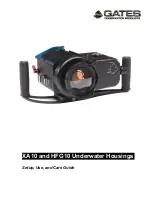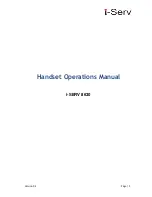
•
When clamping in position check the pegs are still in contact with the worktop as certain types
of clamp can cause the jig to creep out of position if over tightened.
•
The guide bush should be set to a depth of 11mm to allow maximum contact with the jig
without fouling the worktop surface.
•
Take care to ensure the router remains absolutely perpendicular when performing all cuts;
this is particularly important when performing cuts with the worktop face down.
•
The bolt slots will accommodate most common patterns of 150mm joining bolt.
•
When making many of the cuts you may find it more convenient to remove larger pieces of
waste with a jigsaw prior to making the router cuts. This is particularly relevant when you are
unable to support waste which would fall away in the cutting process.
It is important that you
work the router from left to
right. To work the router
right to left means working
against the cutter’s
direction, which will cause
the router to travel away
from you and may damage
the jig or even cause
injury.
2.00 90° Corner Joints
2.01 90° Corner-Right-hand female cut
With the jig logo side up, place a peg in the length stop hole which matches the width of
male
section
of worktop you
wish to set in. Place pegs in all holes marked RF+
LF
to the left of the length stop peg. With the worktop face-up
offer the jig against the post form edge and rest the length stop peg against the right-hand edge of the worktop.
Ensure all pegs are touching the worktop and clamp in position then check again.
35mm
POSTFORMED EDGE
RIGHT HAND FEMALE
Fig. 1
3




























